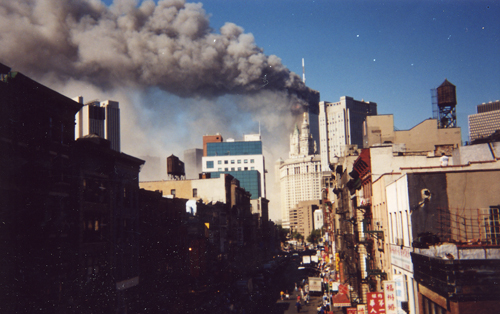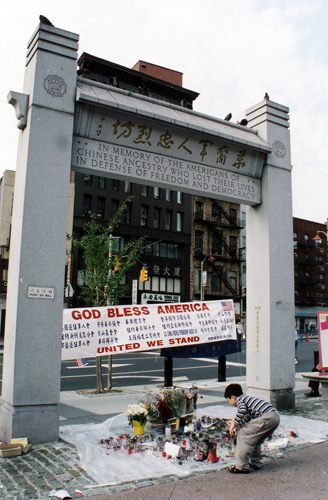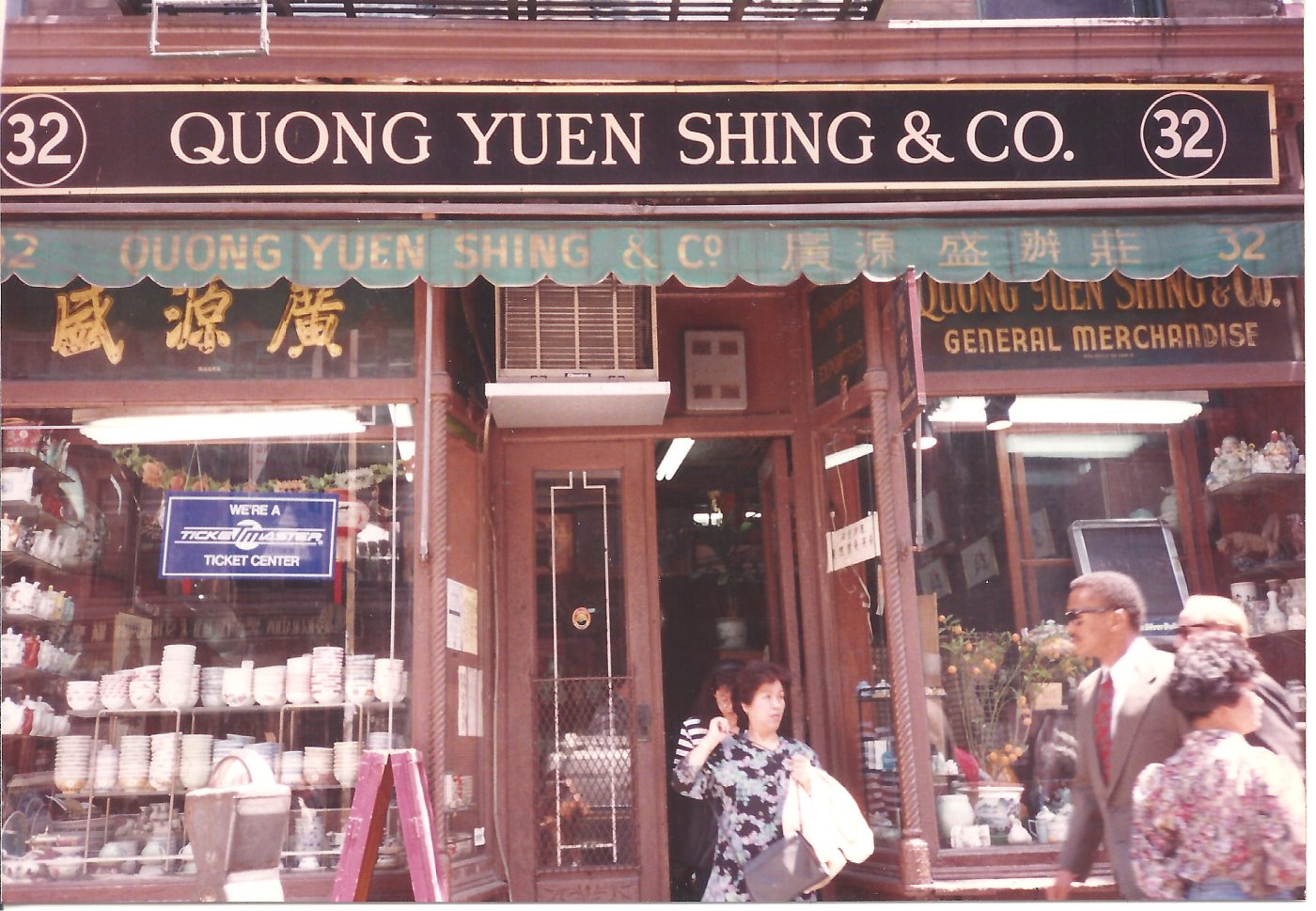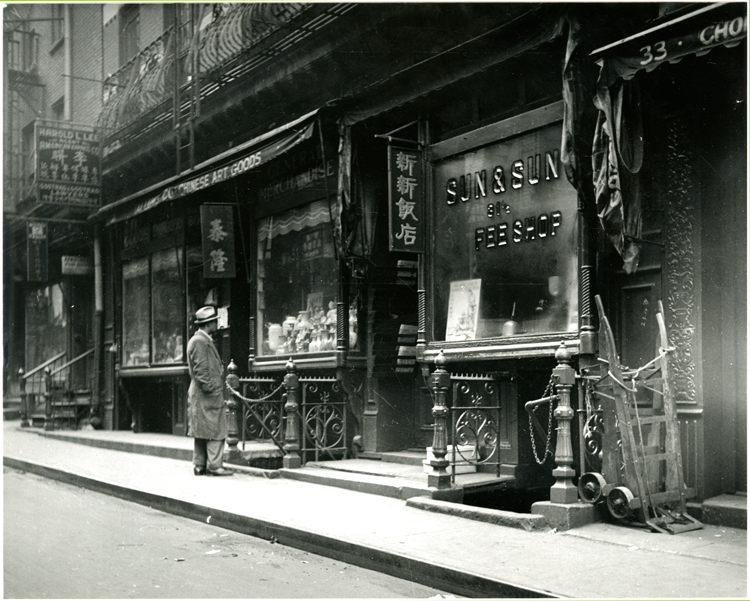Collections馆藏Collections馆藏Collections馆藏Collections馆藏Collections馆藏Collections馆藏Collections馆藏Collections馆藏Collections馆藏Collections馆藏Collections馆藏Collections馆藏Collections馆藏Collections馆藏Collections馆藏Collections馆藏Collections馆藏Collections馆藏Collections馆藏Collections馆藏Collections馆藏Collections馆藏Collections馆藏Collections馆藏Collections馆藏Collections馆藏Collections馆藏Collections馆藏Collections馆藏Collections馆藏Collections馆藏Collections馆藏Collections馆藏Collections馆藏Collections馆藏Collections馆藏Collections馆藏Collections馆藏Collections馆藏Collections馆藏Collections馆藏Collections馆藏Collections馆藏Collections馆藏Collections馆藏Collections馆藏Collections馆藏Collections馆藏Collections馆藏Collections馆藏Collections馆藏Collections馆藏Collections馆藏Collections馆藏Collections馆藏Collections馆藏Collections馆藏Collections馆藏Collections馆藏Collections馆藏Collections馆藏Collections馆藏Collections馆藏Collections馆藏

11 September 2019 Posted.
E Broadway from the Manhattan Bridge Walkway on September 11, 2001, photograph by Wai Lum William Man; Museum of Chinese in America (MOCA) Collection. 从曼哈顿大桥步道方向拍摄的百老汇大街,2001年9月11日,照片由Wai Lum William Man拍摄;美国华人博物馆(MOCA)馆藏

9/11 memorial Kim Lau Memorial Arch in Chatham Square, photograph by Lia Chang. Museum of Chinese in America (MOCA) Collection.
在位于且林士果广场的金劳纪念碑前的9/11纪念活动,照片由Lia Chang拍摄,美国华人博物馆(MOCA)馆藏
2001年9月11日,世贸中心遭到袭击,曼哈顿唐人街陷入瘫痪,这是一个距离世贸遗址仅有几个街区的社区。唐人街内和周边的街道在接下来的几周内都关闭了车辆交通,电话服务停止了数月。由于并不是所有的唐人街区域都属于官方划定的“受灾区”,因此坚尼路以北的住户和商家无法获得政府援助。
受亚洲人平等会的委托,历史学家宋李瑞芳(Betty Lee Sung)在一份报告中指出“在9/11之后对该地区的进入许可的限制,从根本上动摇了当地经济的稳定性:作为那些有语言障碍和职业技能局限的移民们的主要就业来源的服装厂、餐馆和小型企业,即使不停业,也遭受巨大收入损失。”尽管后来唐人街的生意在一定程度上有所反弹,但是许多长期居在纽约的人说,自从9/11事件以后,唐人街就再也不一样了。
MOCA 收集的材料在一个在线展览中展示,可以在这里查看。



